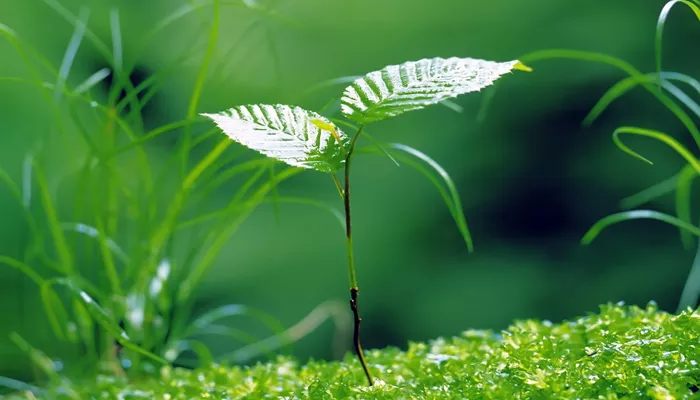Connecticut homeowners aiming to enhance their gardens for birds and pollinators are advised to focus on planting native species and removing invasive ones.
“Invasive plants are those not originally from Connecticut,” explained Lauren Kurtz, an invasive species outreach specialist at the University of Connecticut. She noted that invasive plants disrupt local ecosystems by outcompeting native plants, offering no food for local wildlife, and in some cases, like black and pale swallow-worts, poisoning moth and butterfly larvae.
Michael Nadeau, owner of Wholistic Land Care Consulting, described a process called allelopathy, where invasive plants release substances that inhibit the growth of nearby plants, except their own species. He cited garlic mustard as an example of a plant with such allelopathic effects, which can impact tree growth.
The Connecticut Invasive Plant Council maintains an official list of invasive species, which is essential for gardeners. Kurtz advised gardeners to be aware of these plants, as some are still available in nurseries.
However, invasive plants often appear spontaneously, carried by wind, wildlife, and other natural means. “Native plants have evolved with native fauna for ages,” Nadeau said. “Newly introduced plants use similar methods to spread.”
Identifying Invasive Plants
Identifying invasive plants can be challenging. For instance, the black and pale swallow-wort vine resembles the native Cynanchum laeve, which benefits butterflies, according to the Monarch Joint Venture.
Kurtz suggested using free smartphone apps like Seek, Picture This, and Google Lens for plant identification, but she cautioned that these apps may not always be accurate. She also recommended Go Botany, a website managed by The Native Plant Trust.
Removing Invasive Plants
Eliminating invasive plants requires human intervention, as they lack natural predators. Some plants, like Japanese knotweed or multiflora rose, can regenerate from stem cuttings, making removal difficult.
Both Nadeau and Kurtz advocate the “solarizing” method, which involves uprooting the invasive plant and using sunlight to kill it before disposal. Nadeau typically places the plant in a black contractor’s bag and leaves it in the sun for about a month. Kurtz suggests placing the plant on a tarp in a driveway to prevent it from blowing away. Any seeds should be thoroughly dried before disposal to avoid spreading them.
For established invasive vines, bushes, or trees that cannot be completely removed, targeted herbicide use is an option. Nadeau and Kurtz emphasized that herbicide application varies depending on the plant species and the time of year. They recommend following the guidelines from the Connecticut Invasive Plant Working Group.
After removal, Nadeau advised replanting the area with an aggressive native species to prevent re-colonization by invasive plants.
Choosing Native Plants
Nadeau encouraged homeowners to purchase plants from nurseries that offer straight species rather than hybrids. Hybrids, or cultivars, may not be recognized by native pollinators. For instance, cultivated Black-eyed Susans may attract fewer pollinators compared to the straight species, despite being larger and more attractive to buyers.
Consumers can identify hybrids by checking plant tags, which include a commercial name alongside the Latin name.
Lists of nurseries selling native plants are available from UConn and Pollinator Pathway.
Ongoing Vigilance Required
Nadeau warned that the battle against invasive plants requires ongoing effort. “There will always be seeds missed, and wildlife may spread them,” he said. Complete eradication is unlikely, given that some invasive species have been present in New England since the arrival of the first settlers.
Kurtz advised homeowners to take action on their property. “Even small efforts can make a difference,” she said.


